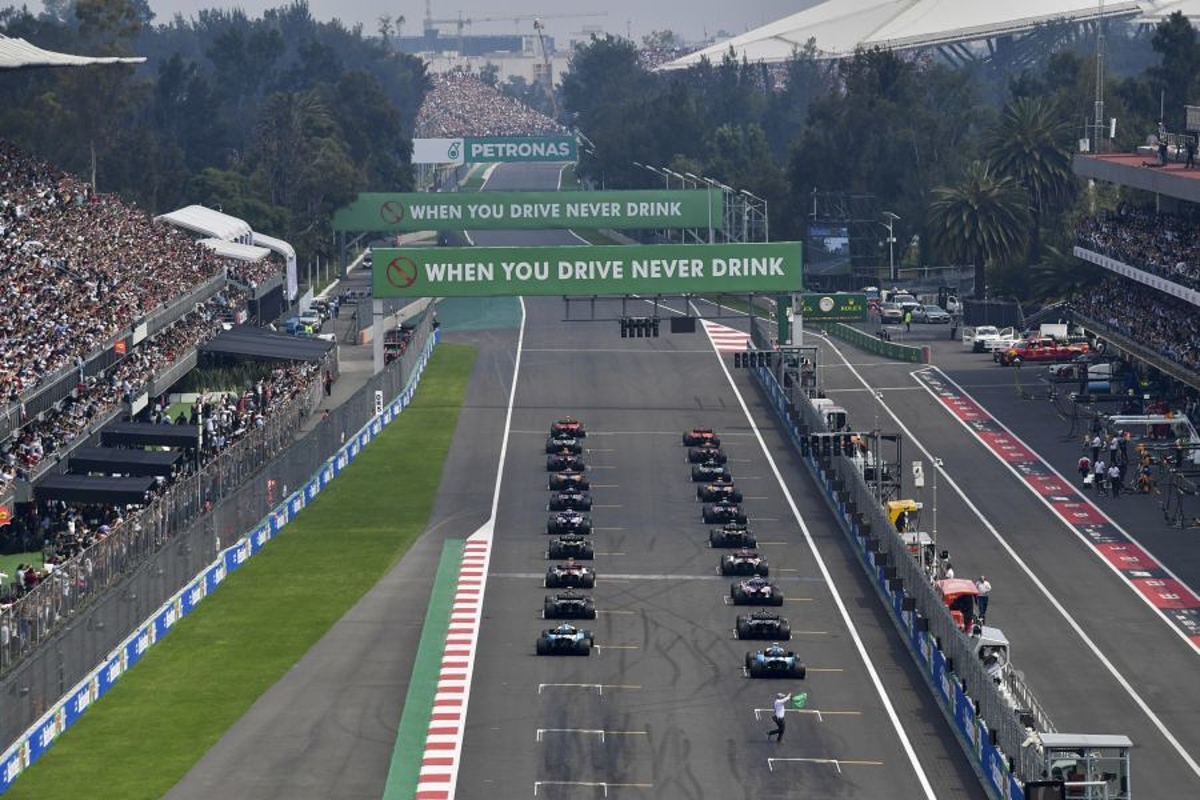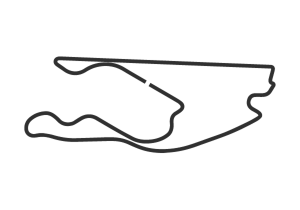No doubt Ross Brawn will have raised a wry smile at what unfolded over the second half of a captivating Italian Grand Prix.
F1 was given a glimpse of what a reverse-grid race could look like as Lewis Hamilton was forced to fight back from a 10-second stop-go penalty through a pack mixed up in the wake of Charles Leclerc's accident that caused a red flag, while AlphaTauri's Pierre Gasly took a shock win.
It was Formula 1's managing director motorsports that proposed the idea of reverse-grid qualifying races for this season, certainly for the second events at Austria's Red Bull Ring and at Silverstone in order to inject spectacle and avoid a repeat of the first races at those circuits.
With unanimity required from all the teams, it was Mercedes motorsport boss Toto Wolff who voted against the idea on the grounds that some teams would try to play "a strategy game" in order to secure pole; that F1 is about meritocracy and does not require "a show format like wrestling"; and that such a concept was "inward-looking" as there was a championship to consider.
Wolff would likely still make the same valid points, but a seed has now been sown as to how exciting F1 could be if it opted to dip a toe in the water of experimentation, with Brawn unsurprisingly making a renewed pledge to implement a reverse-grid race.
If it does not work or proves too unpopular, then at least no-one can say F1 did not try.
Here, GPFans writers Nicholas Quarles van Ufford and Ewan Gale argue for and against the future prospect of reverse-grid races, be it for qualifying or as the main event.
The case for - Nicholas Quarles van Ufford
We are currently in the most dominant F1 dynasty ever. Mercedes has won 95 of the 129 races since the turbo-hybrid era began in 2014. That is a 73.6% win percentage and an average of 14 victories a season! Not even Red Bull’s four-year dominance from 2010-2013 and Ferrari’s six-year run from 1999-2004 come close to that winning percentage.
On Sunday, Pierre Gasly was the first man to win a race whilst not driving for either Mercedes, Red Bull or Ferrari since the opening round of 2013, while the last time those three teams were all absent from the podium was the 2012 Hungarian Grand Prix.
While those are cool stats, it shows F1 has become painfully predictable. In 2020 especially, you know there are only three cars that can realistically win a race, unless…
Unless there was a reverse grid. Sunday’s restart after the red flag was the closest thing we have seen to a reverse grid in F1 - and it was the best race we have seen in a long time.
Hamilton charging hard from the back, overtaking a number of cars as he made his way up from 15th to seventh was captivating, while at the front we had the likes of AlphaTauri, McLaren, Racing Point and Alfa Romeo all squabbling over positions.
Even both Williams cars were right in the thick of it, with George Russell and Nicholas Latifi fighting their hearts out in the hope of claiming the team's first point of the season.
Lastly, look at F2. The junior category has its closest championship fight in years and they only started with reverse grids last year. That is not a coincidence. It just lends itself to more drama, more spectacle, and makes it a better product.
The case against - Ewan Gale
The Italian Grand Prix was the type of race that typifies why we are all captivated by the sport. The monopoly of F1 controlled by Mercedes, Red Bull and Ferrari for so long was broken by a scintillating drive from Gasly, Sainz and co.
But F1 is and should always be a meritocracy. Of course, teams with smaller budgets should be given a fair shot at succeeding, but reverse grids is a step too far. The sport cannot punish teams for performing well, this is not a one-make ‘all-opportunities-are-equal’ championship.
Of course, it was completely foreseeable during the race that talk of reverse grids would be brought up again, but it is a topic I hope will fade almost as quickly as Sunday’s race was turned on its head.
All of the reasons why the race at Monza will be forever remembered would surely be lost if we had similar results week after week.
We had the shock factor of an AlphaTauri battling a McLaren for the win. It would be gone with reverse grids. We had the pure elation of every single team member on Gasly’s side of the garage who will experience this once-in-a-blue-moon event. That, too, would be lost with repeat results multiple times a season.
There wasn't even that much overtaking either, on a track that is basically all straights, with two all-conquering DRS zones and heavy braking zones.
The racing was not that much improved, and we saw a similar amount of decent overtakes as we would in any other race so if we did have this every week people would complain of boredom anyway. Reverse grids? No thank you.
Before you go...
Why Italian Grand Prix victory caps off Gasly's road to redemption
AlphaTauri "can celebrate in December" - Tost
Related

















































 Grand Prix du Canada 2025
Grand Prix du Canada 2025  Grand Prix of Austria 2025
Grand Prix of Austria 2025  Grand Prix of Belgium 2025
Grand Prix of Belgium 2025  Grand Prix of Hungary 2025
Grand Prix of Hungary 2025  Grand Prix of Azerbaijan 2025
Grand Prix of Azerbaijan 2025  Grand Prix of Singapore 2025
Grand Prix of Singapore 2025  Gran Premio de la Ciudad de Mexico 2025
Gran Premio de la Ciudad de Mexico 2025  Grande Prêmio de São Paulo 2025
Grande Prêmio de São Paulo 2025  Qatar Grand Prix 2025
Qatar Grand Prix 2025  Grand Prix of Abu Dhabi 2025
Grand Prix of Abu Dhabi 2025 